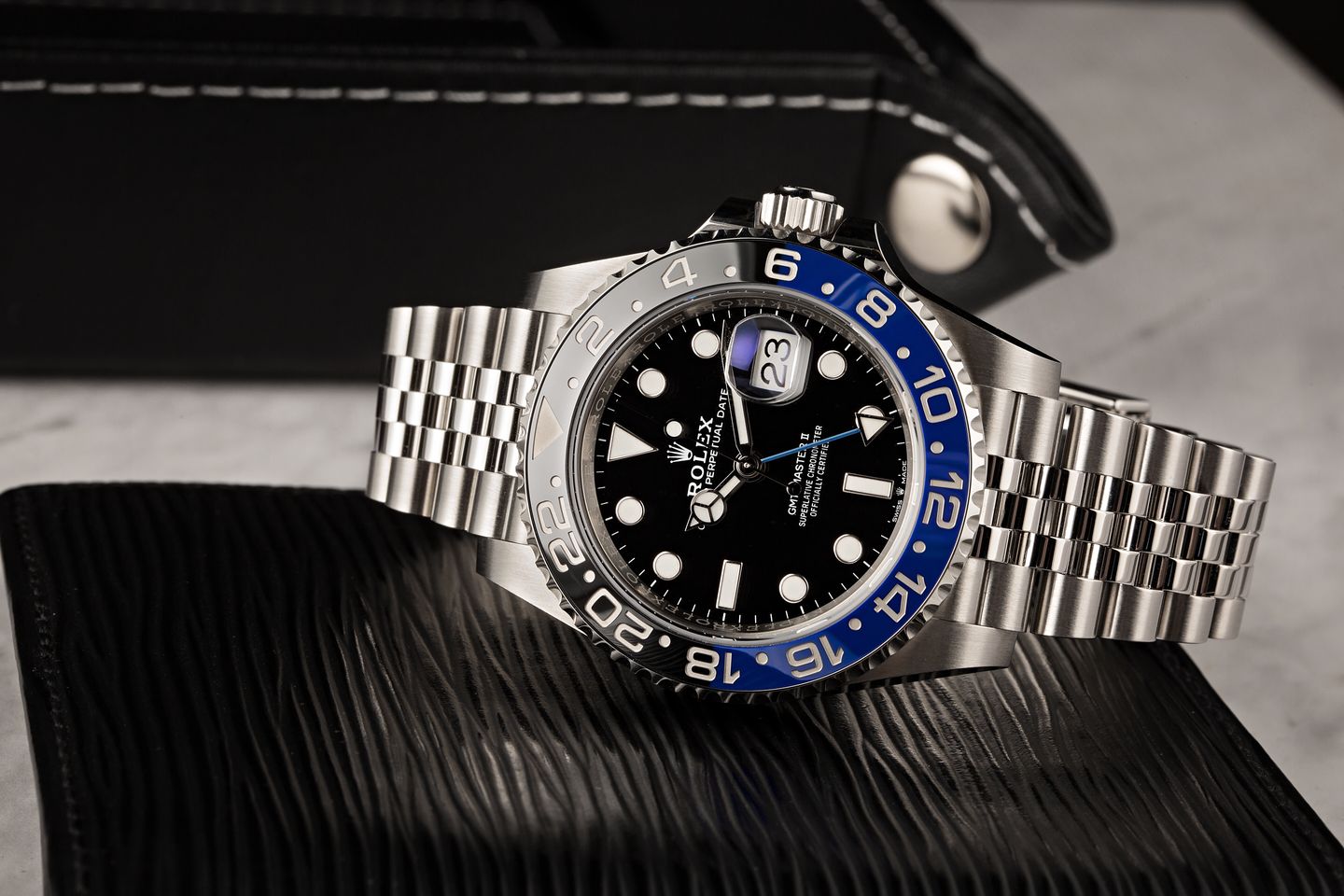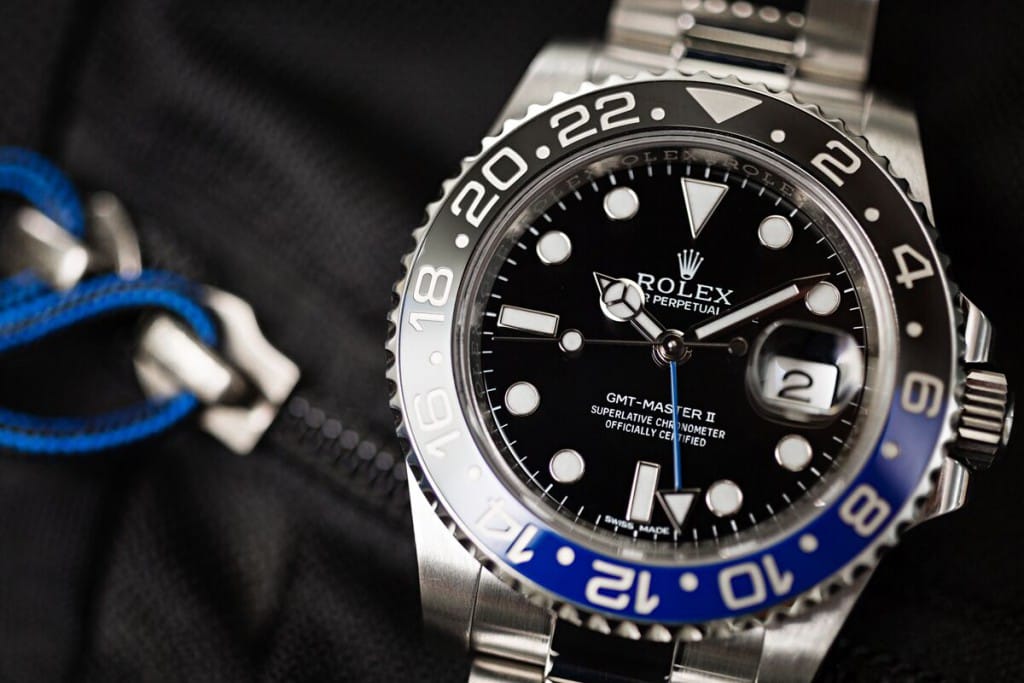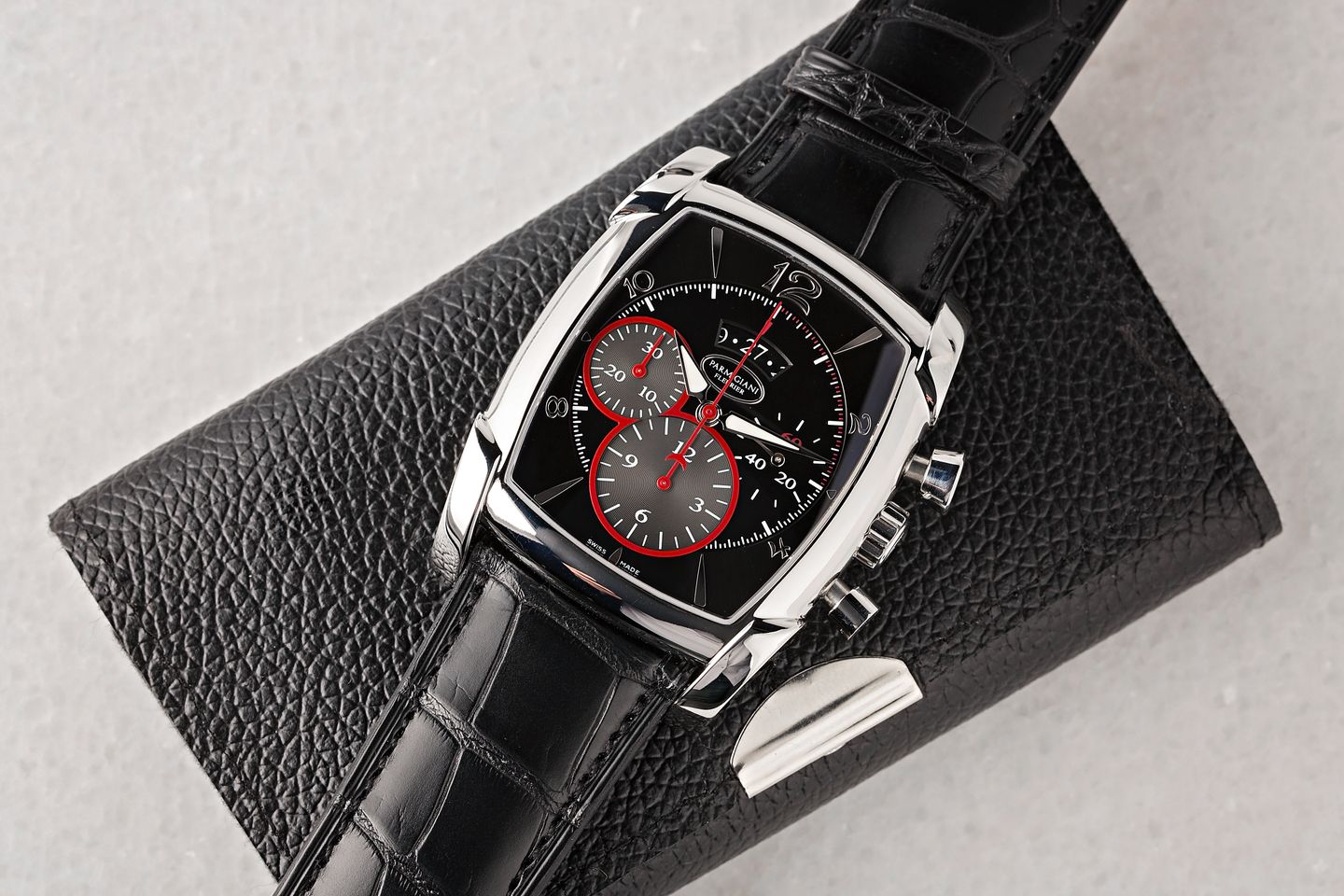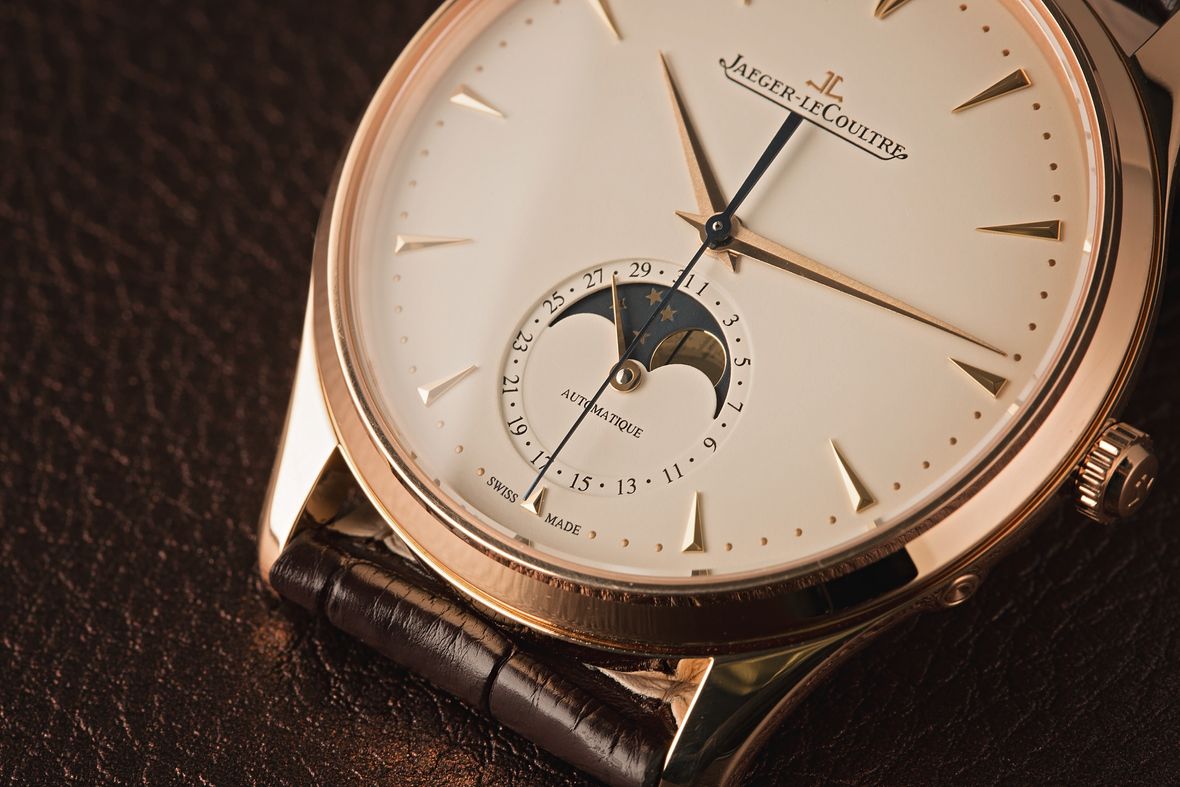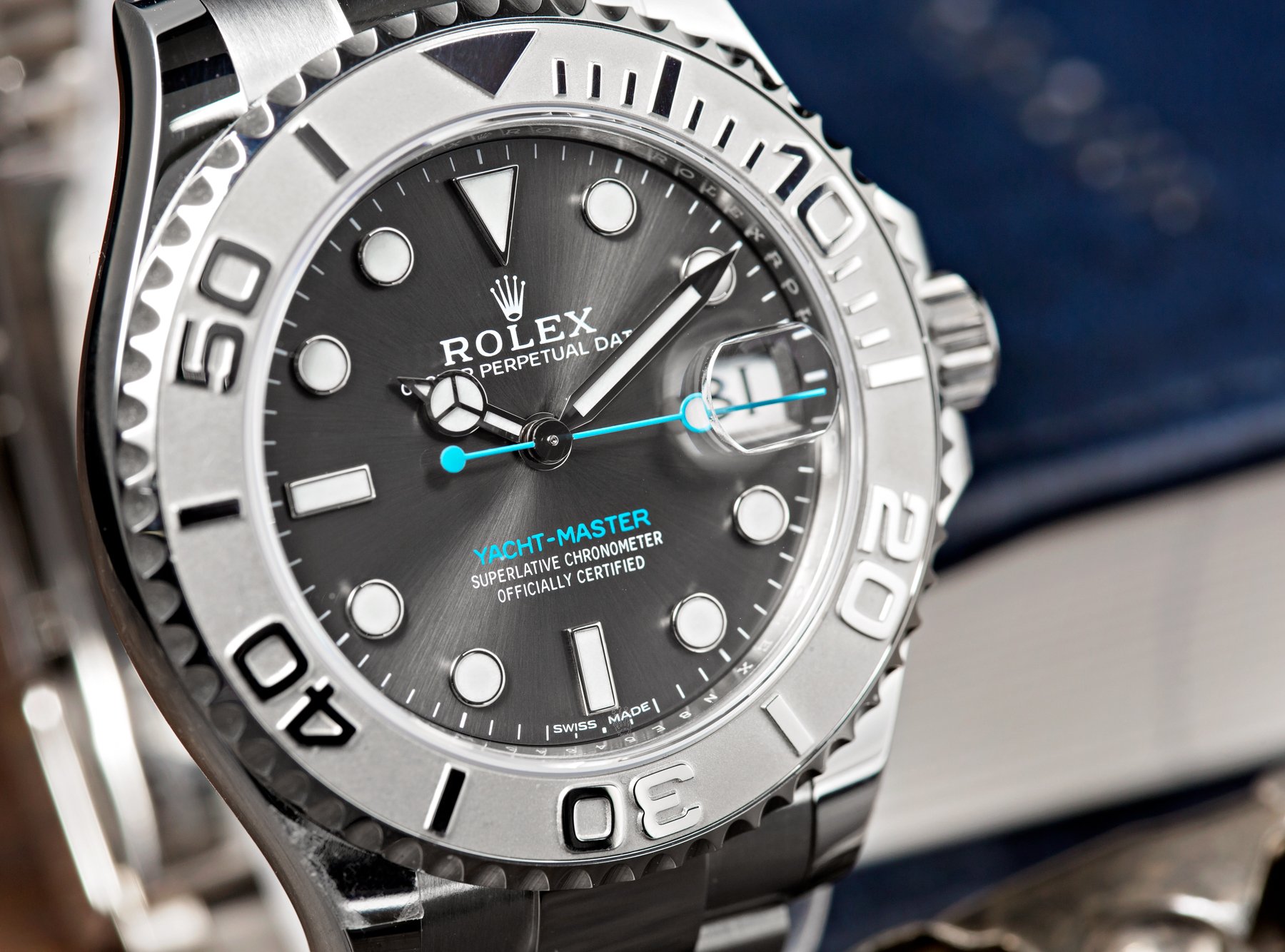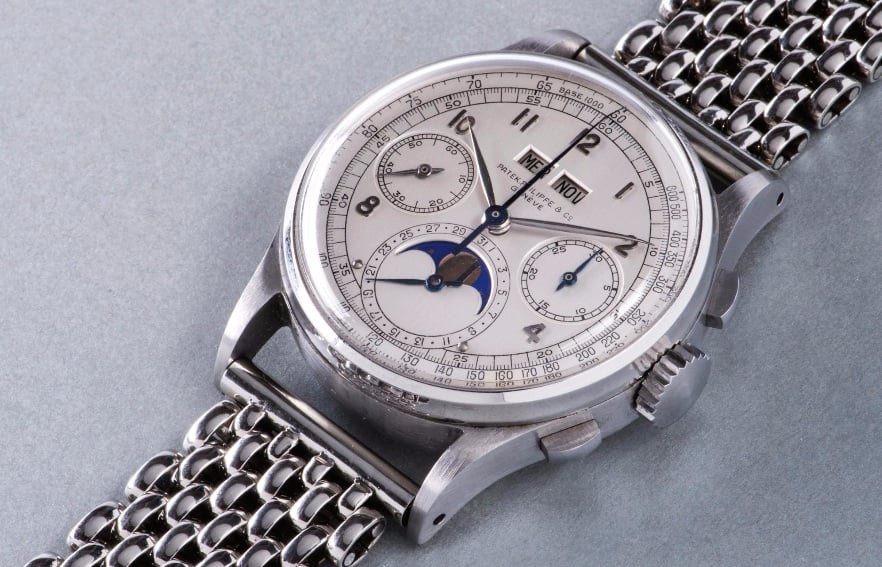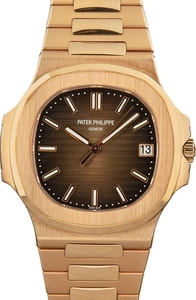The pursuit of perfection is a never-ending journey, and for the better part of a century, Rolex has tirelessly worked to to refine and improve upon their iconic and long-standing designs. The last couple years have been big for the Rolex GMT-Master collection, and since we first published this piece, the bezel of Rolex’s classic multi-time zone pilot’s watch has undergone a couple of noteworthy changes, so we though it was time to update things and take another look at the evolution of the Rolex GMT-Master’s bezel.
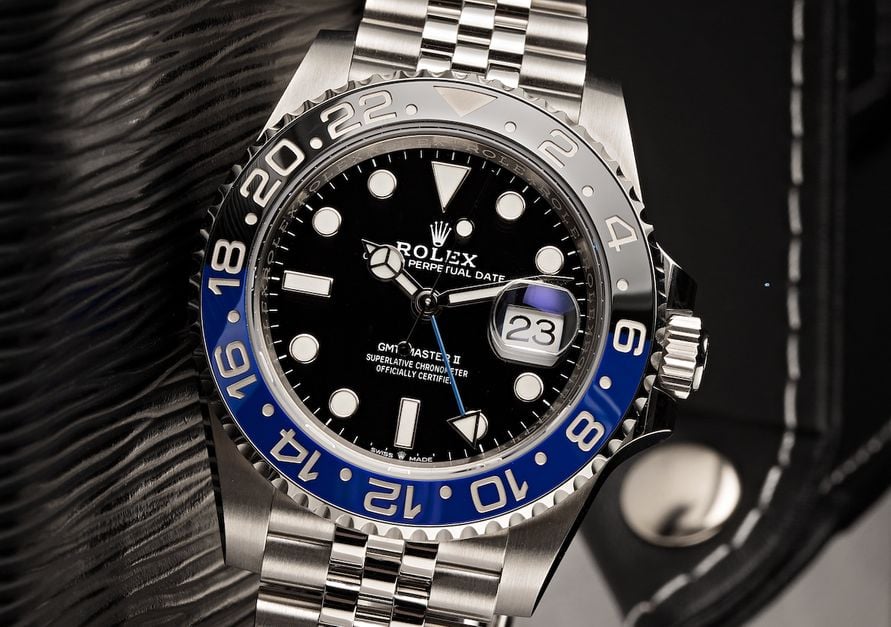
The Evolution of the Rolex GMT-Master’s Bezel
First released to the public in 1954, the Rolex GMT-Master has undergone countless changes and updates throughout the years as Rolex continuously works to refine and improve its design. The most notable feature of the original GMT-Master was its bright red and blue rotating bezel with 24-hour markings. Although the GMT-Master’s bezel has been manufactured in a number of different colors and materials throughout the years, it has always been the defining characteristic of Rolex’s multi-time zone pilot’s watch.
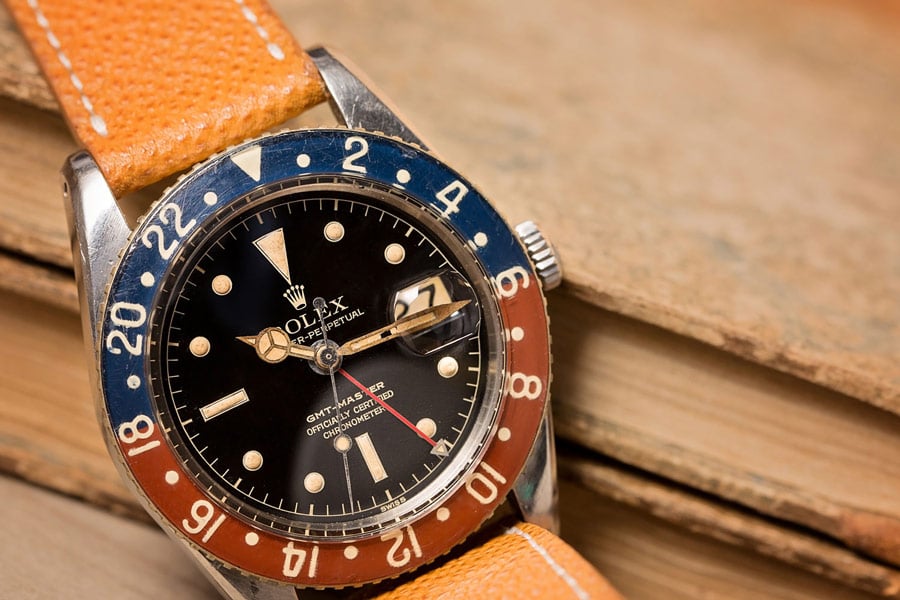
The very first bezel fitted to the original reference 6542 GMT-Master had an insert made from Bakelite, which had glowing radium numerals set into its plastic-like material. The Bakelite insert was fitted inside a metal bezel ring, which was then held onto the watch with a set of specialized washers that fit under the bezel. Since the bezel was friction-fitted onto the watch, it smoothly rotated bi-directionally, and did not ratchet or click like bezel on contemporary GMT-Master references.
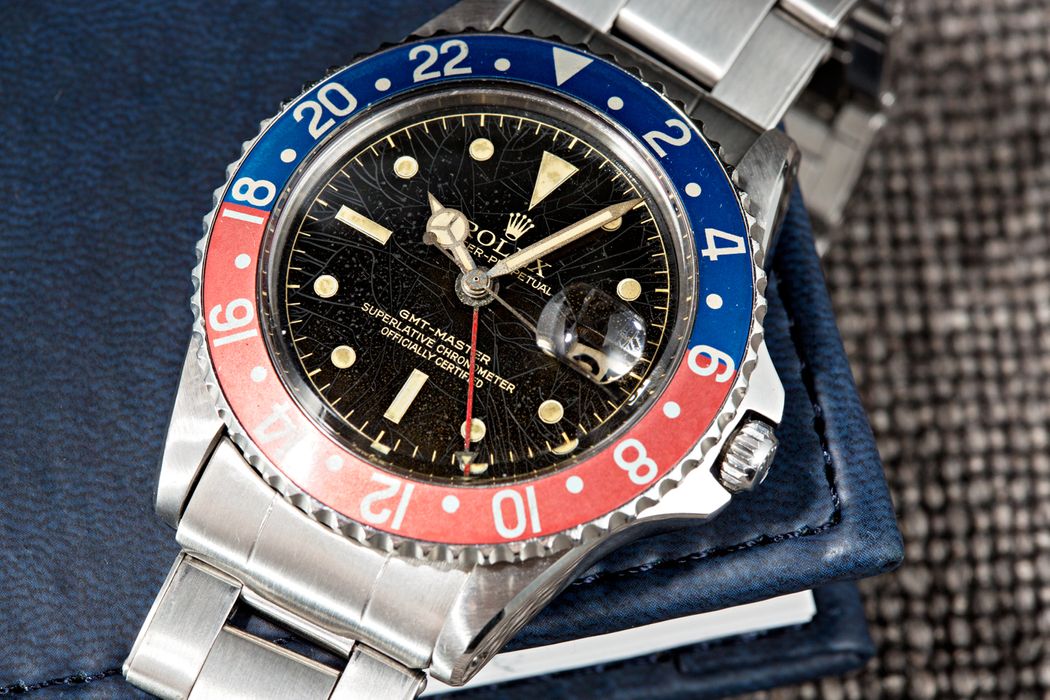
After just two years of working with Bakelite, the GMT-Master’s bezel insert was replaced by one made from aluminum, due to issues surrounding both the long-term durability of the components and the potential health hazards of the glowing radioactive numerals set in its bezel. The aluminum inserts retained the same design and signature red and blue coloration; however they no longer were set with radium numerals, and consequently did not glow at all.
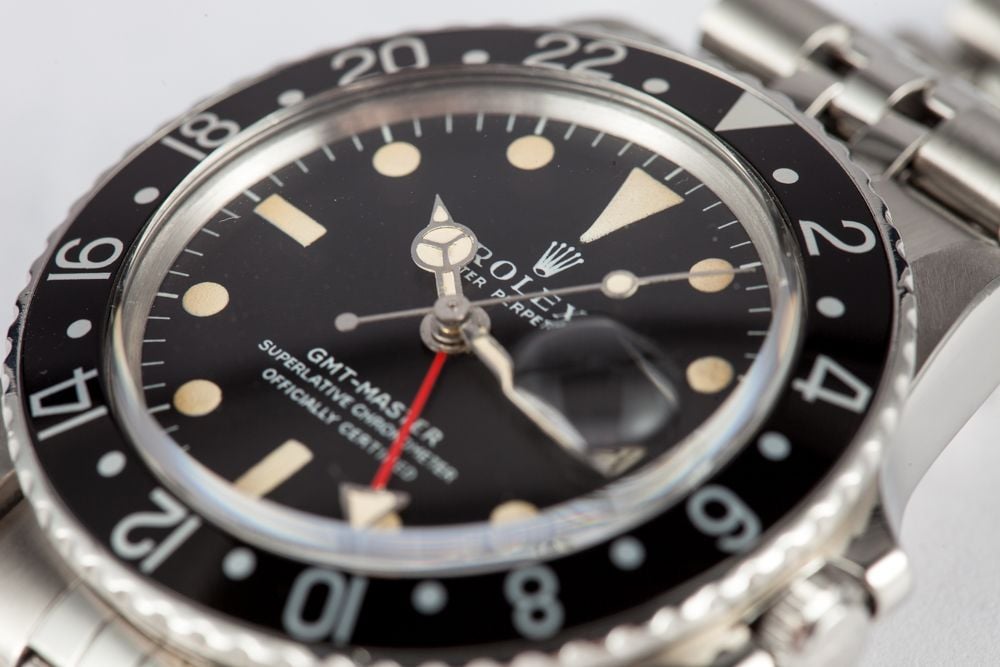
Rolex continued to manufacture the GMT’s bezel insert from aluminum for roughly half a century thereafter; however several additional colors made appearances on later references, starting with the all-black and brown and gold Rolex Root Beer bezel inserts that first made appearances during the early 1970s.
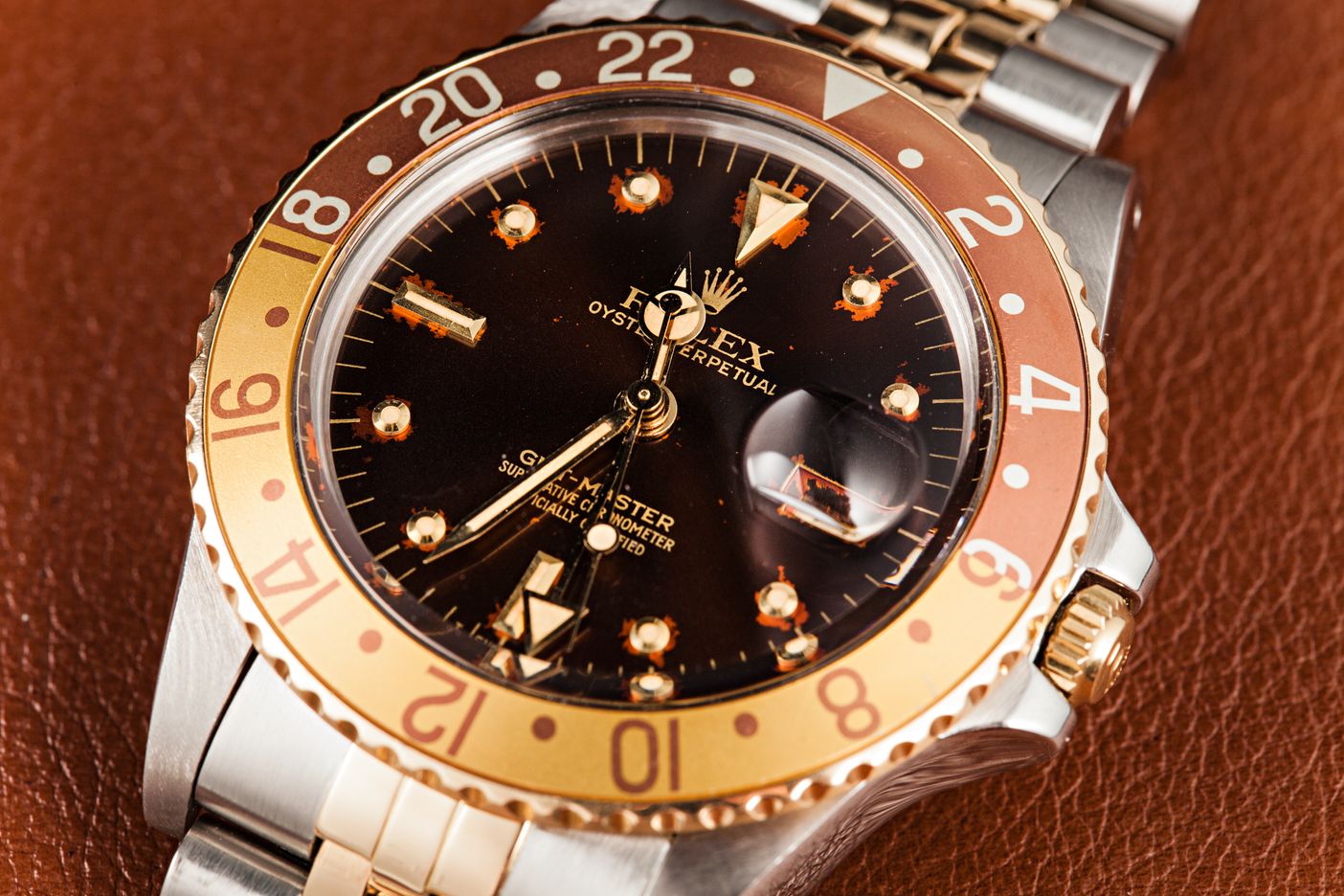
While the GMT-Master’s bezel insert was manufactured from aluminum for roughly fifty years, a new mechanism for the function of the bezel was implemented in 1983 with the introduction of the first GMT-Master II, the reference 16760. Although structurally very similar to the friction-fitted bezel of the previous GMT-Master watches, the new design employed the use of a small flexible spring that allowed the bezel to click into place for greater precision when setting it to correspond to a secondary time zone. Additionally to accompany the new design of bezel, a new black and red Rolex Coke insert was added to the list of color options.
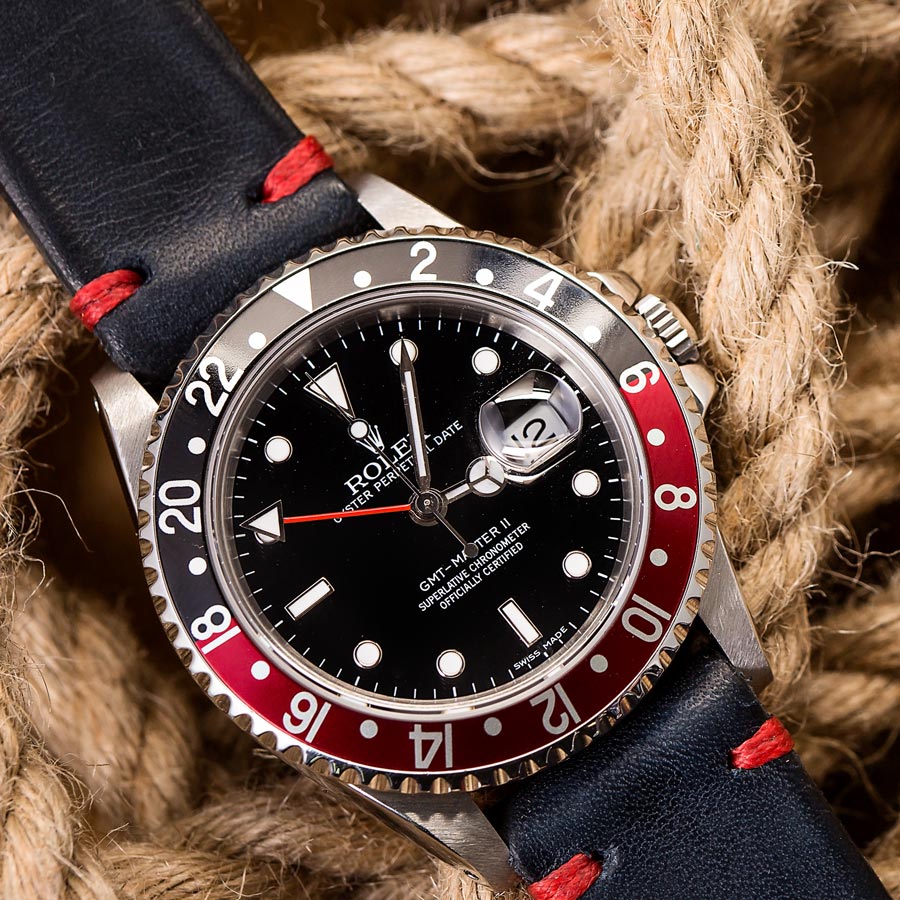
Modern Rolex GMT-Master II Bezels
In 2005, the bezel on the GMT was completely redesigned with the release of the solid-gold reference 116718. Instead of being made from aluminum, which was prone to scratching and fading, the bezel insert on the new generation of GMT-Master watches was made from Cerachrom, Rolex’s proprietary ceramic material that is highly scratch resistant and will not fade after prolonged use and sunlight exposure. Over the course of the next couple years, Rolex’s Cerachrom bezel throughout the rest of their GMT-Master II line, finally making it onto the stainless steel ref. 116170 in 2007.
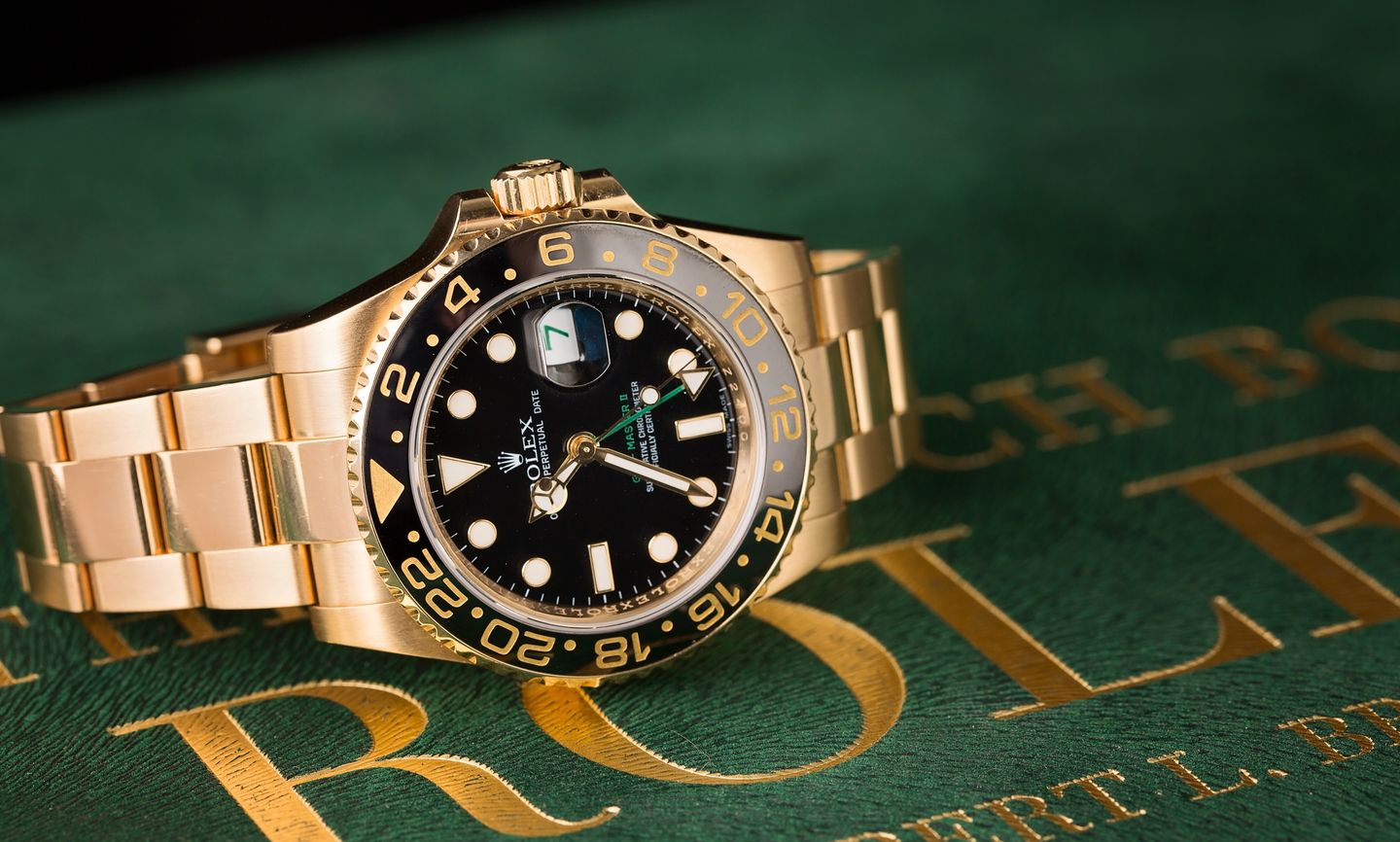
In addition to the ceramic insert, the entire structure of the bezel has been redesigned to improve its overall functionality and remedy some of the shortcomings of its predecessors. Instead of relying on specialized washers and small flexible springs, the redesigned bezel mounts on a specialized notched retaining ring for a smoother feel and greater stability. Additionally, while previous ratcheting GMT bezels followed a 120-click design, the ceramic bezel on the new GMT-Master II clicks 24 times per full rotation to better correspond with the bezel’s intended function as a secondary time zone display.
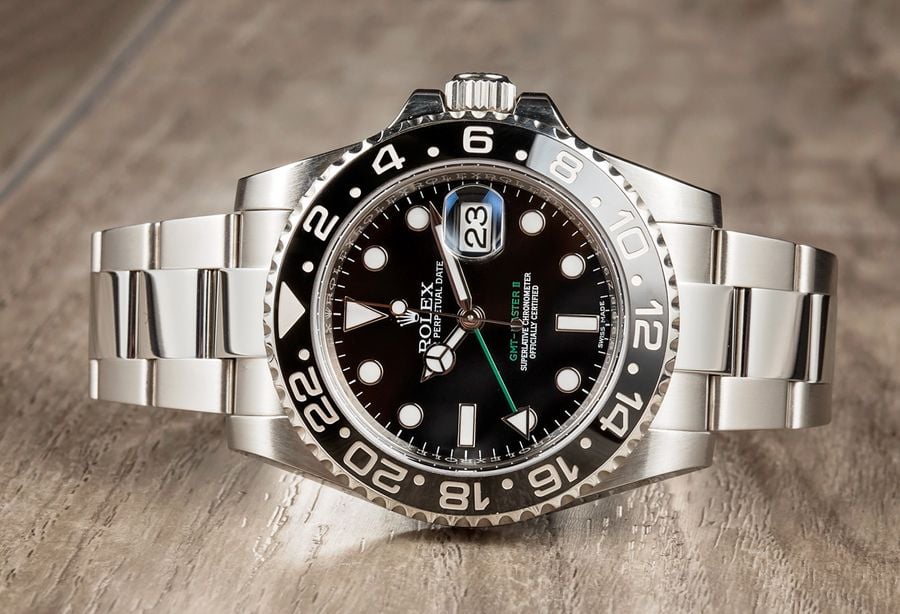
While Rolex’s new Cerachrom inserts promised significantly better long-term durability for the GMT-Master’s bezel, the ultra-hard material made the new ceramic inserts significantly more difficult for Rolex to manufacture. When the Cerachrom bezel was first unveiled, it was only available in solid black, as Rolex claimed it was too difficult to produce in the GMT-Master’s signature bi-color design.
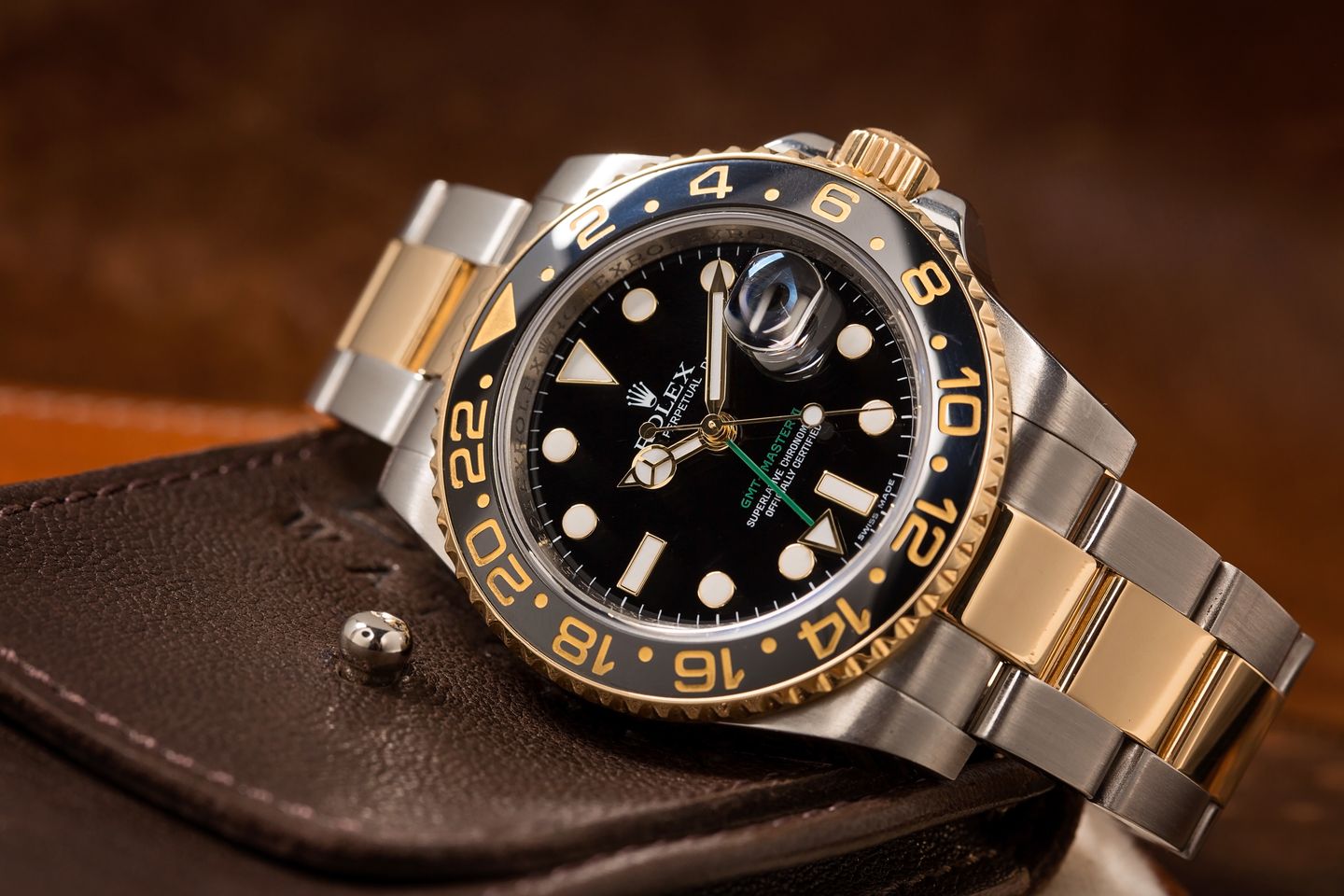
That changed in 2013 when Rolex released the ref 116710BLNR Batman GMT-Master II timepiece, which featured a bi-colored Cerachrom bezel in an all-new black and blue color profile. The structure of the bezel on the Rolex 116710 model was identical to other ceramic bezel GMT-Master II watches; however, it now featured a bi-colored Cerachrom insert – something that just several years ago, Rolex claimed was impossible to manufacture.
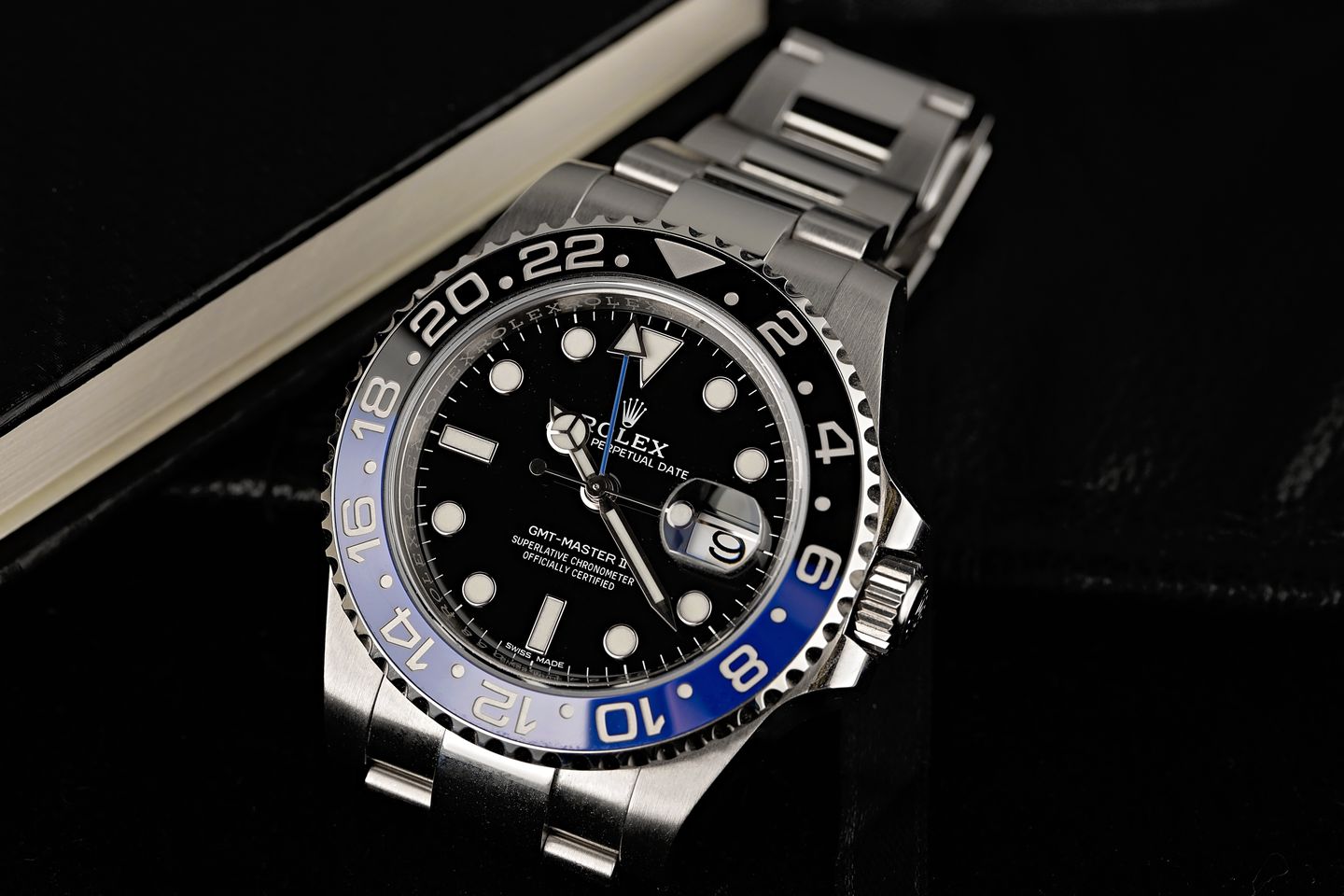
The following year at Baselworld 2014, Rolex unveiled another bi-colored Cerachrom bezel for their GMT-Master II collection. However this time, it was the one that everyone was waiting for – the original red and blue split-color “Pepsi” insert – just line the one found on the very first GMT-Master watches that Rolex produced for Pan Am Airlines back in the mid-1950s, except now crafted from modern state-of-the-art material.
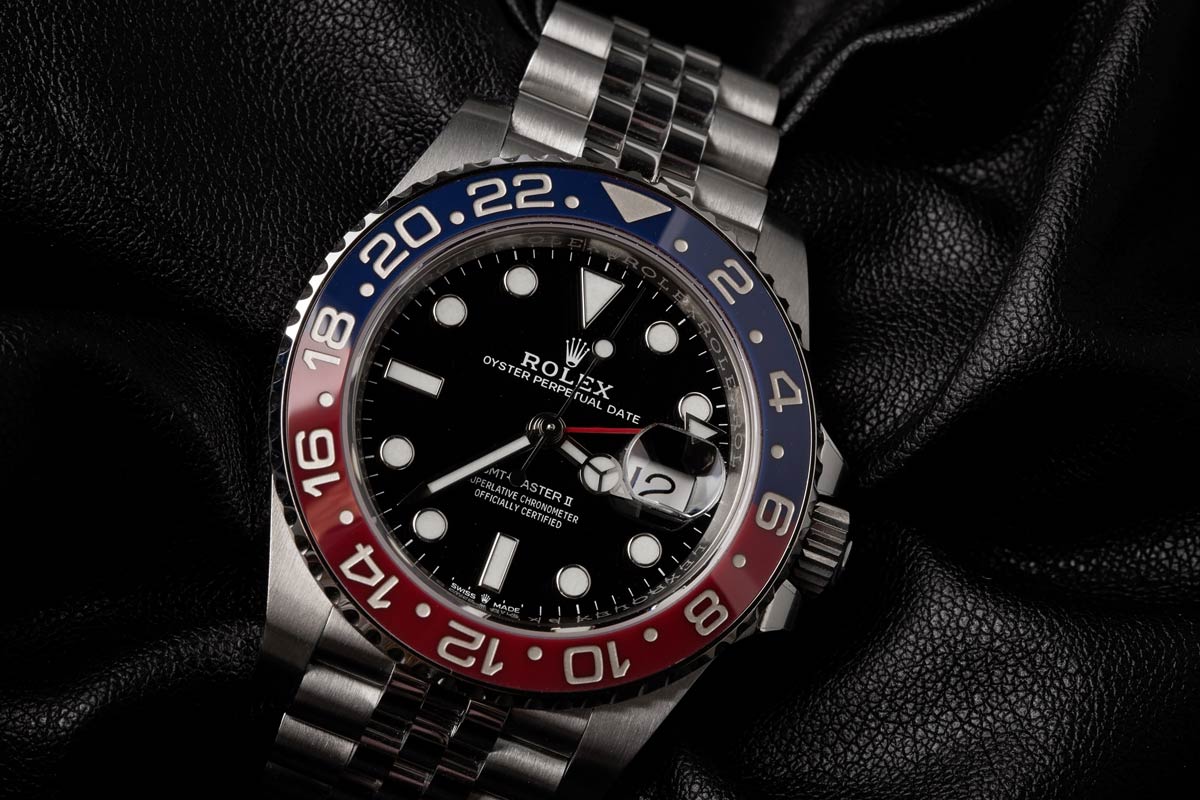
However, in the same way that the very first ceramic GMT bezel insert was only available on the solid 18k version of the watch, the long-awaited red and blue ceramic Rolex Pepsi bezel insert was only available on the solid white gold version of the Rolex GMT-Master II, the ref. 116179BLRO. It was not until Baselworld 2018 that a ceramic version of the iconic Pepsi bezel insert was available on a stainless steel version of the GMT-Master II, with the introduction of the re-designed ref. 126170BLRO.
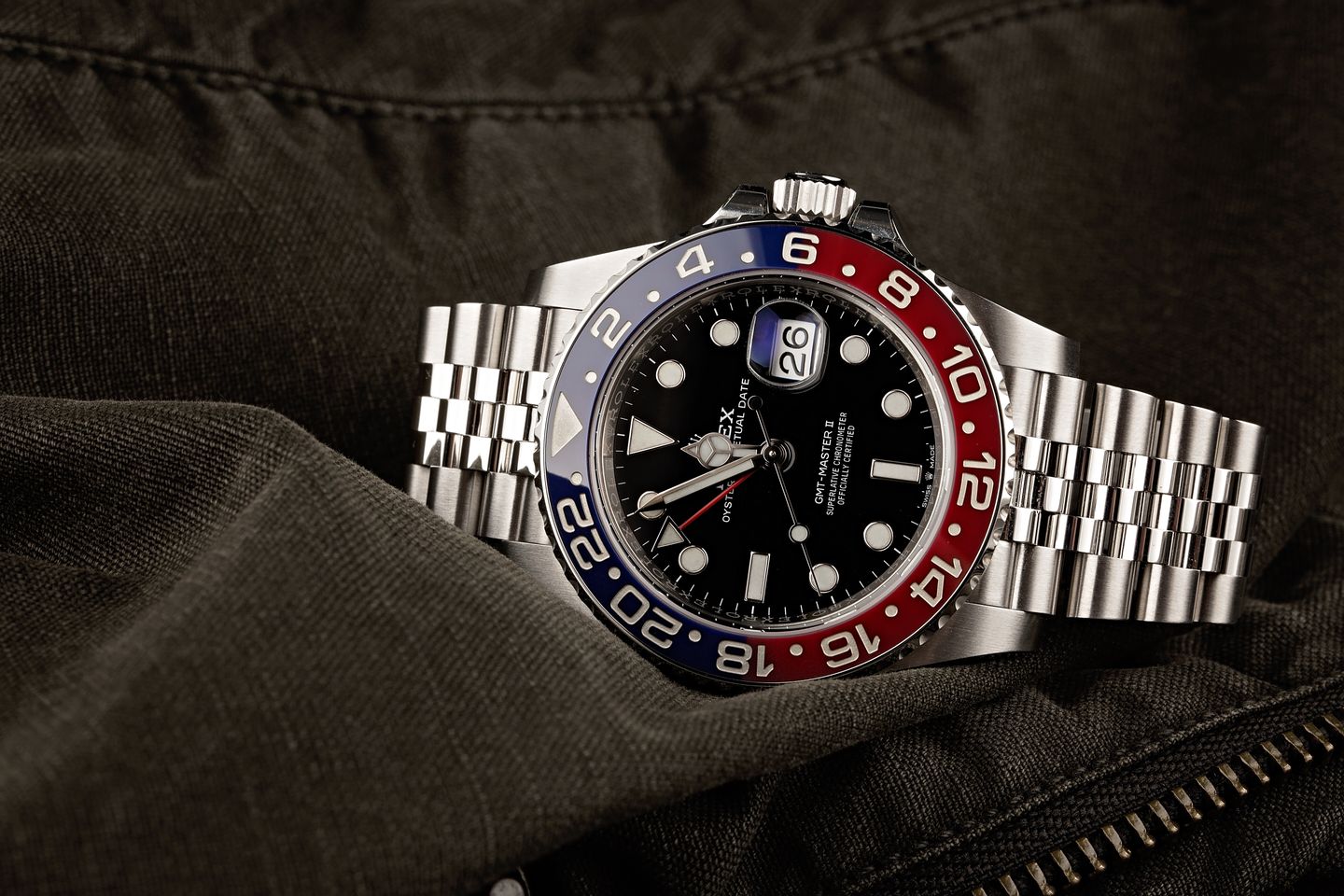
One year later at Baselworld 2019, Rolex completely discontinued the all-black bezel for their GMT-Master II collection – an option that had existed on various Rolex GMT watches since the early 1970s. At the time of writing, all Cerachrom GMT-Master bezel inserts are bi-colored (black and brown for the two-tone and solid Everose gold models, and either blue and black or red and blue for the stainless steel and 18k white gold versions).
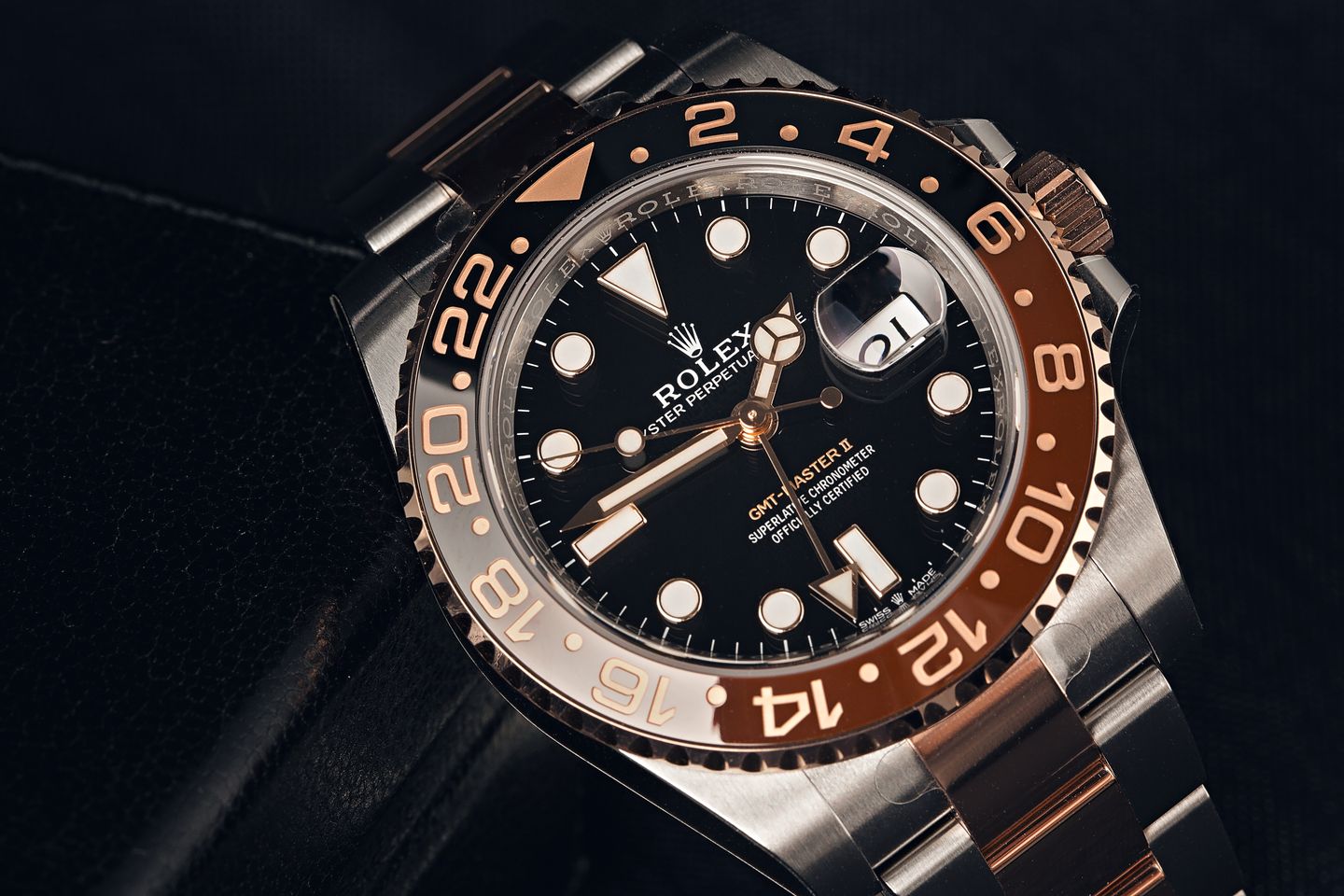
A rotating 24-hour bezel has been the defining characteristic of the Rolex GMT-Master line since its initial introduction back in 1954. While it started its life as a simple, rotating fixture around the face of the watch, the GMT’s bezel has undergone a number of updates and changes over the years, and has evolved into a highly specialized component that has been uniquely engineered to aid with the watch’s multi-time zone capabilities. The variety of different colors and materials that exist for GMT-Master bezels creates a wonderful diversity among the various GMT-Master watches, and adds to the overall excitement and pursuit for collectors.
